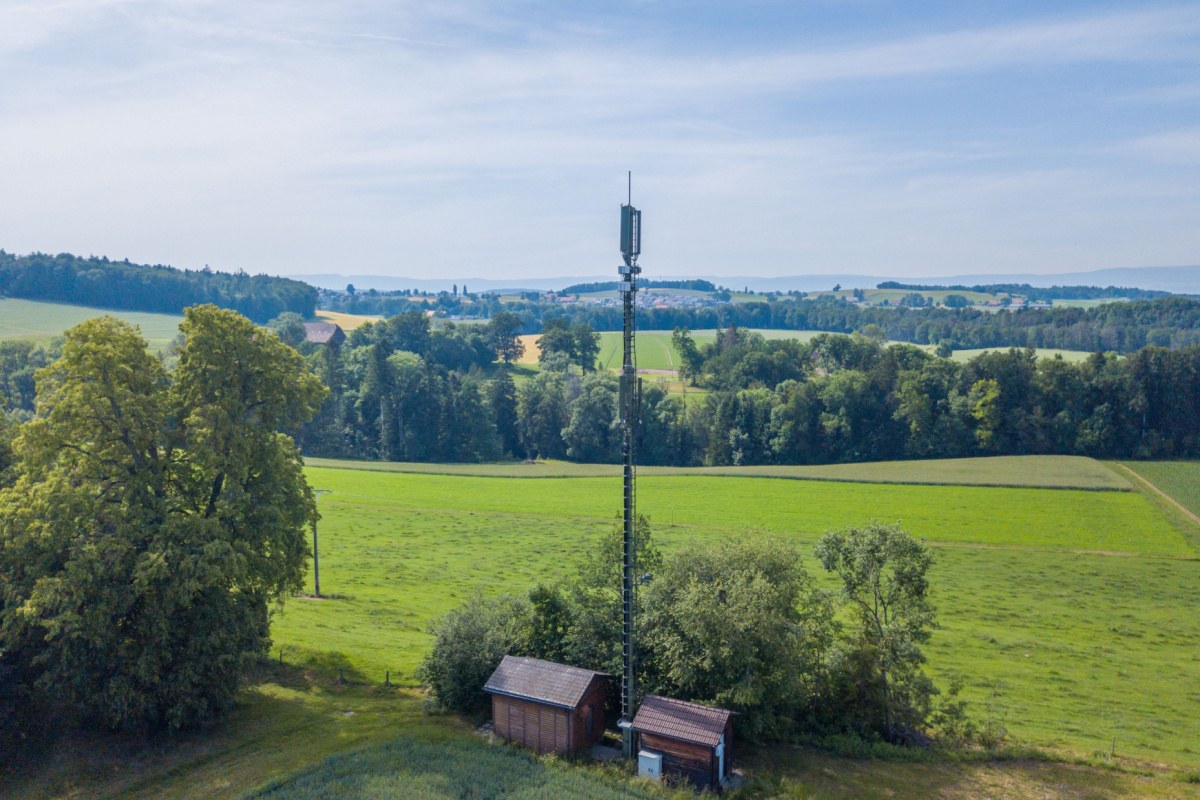Connected devices are now a part of our everyday lives. Since 2006, the internet of things has grown from 2 billion devices to now around 6.4 billion. Yet it is not only consumer applications that are accounting for this huge number of devices.
IoT devices are bringing contextual data, information and automated functions to other environments. Factories, retail stores, distribution centres are all benefitting from the influx of new devices hitting the market. Yet the growth in IoT is expected to hit another gear with the influx of new wireless technologies.
However, there are still some big barriers preventing this growth. The most prevalent challenge is connectivity. Devices located in hard-to-reach or rural areas are difficult to connect through traditional cellular technologies, especially when many of these devices are powered by a single-cell battery - that’s where LPWA networks come in.
What is Narrowband-IoT?
In 2015, many of the world’s largest cellular carriers began developing a new technology standard through the 3GPP. The project had a single task, enable low-power, less talkative devices to get connected using existing cellular infrastructure – initially for devices that transmit several bytes of data per day.
Narrowband-IoT is the name of the standard that the 3GPP have developed. It operates on Band 8 and 20, which is 880-960MHz and 791-832KHz. This means devices transmitting small packets of data can connect using existing LTE network infrastructures – and some of the biggest carriers in the world plan on deploying the technology imminently, in one of three ways:
In-band deployment
Using existing resource blocks, NB-IoT can be deployed within the existing LTE spectrum. This could be very quickly enabled through firmware updates, Vodafone have confirmed that 85% of their network is prepared to deploy NB-IoT through software updates.
Guard band deployment
Without reallocating resource blocks, NB-IoT can be deployed within the guard bands of the 3G and LTE spectrum. These spectrums are designed to reduce interference, but could be utilised for narrowband.
Standalone deployment
It can also be used as a standalone deployment within its own dedicated spectrum where deemed necessary. This may be the option taken by carriers for the busiest of IoT environments.
5 practical benefits of Narrowband-IoT
Low power consumption
Where there is ample power available and access through WLAN frequencies, the IoT has thrived. This has enabled designers to create a plethora of devices for smart home applications, wearables and trackers. But for the IoT to grow, devices need to connect where signals are weaker – and that requires efficient, low power wireless performance.
NB-IoT has been designed to fit these challenging applications. Some carriers claim that this enables 10 year battery life from a single-cell battery, but this requires careful antenna integration to assure efficient performance.
In reality, the rate of battery deterioration will differ based on the volume and frequency of data transfer. Furthermore, an efficiently performing antenna will be essential to this longevity.
Penetrative signal
For a device to connect successfully from an underground location, the link budget of NB-IoT needs to surpass existing cellular technologies. Use cases have shown that devices hidden behind several layers of brick can achieve connectivity from the additional link budget that comes with the low bitrate of the frequency.
This means that devices located in tunnels, sewage networks, underground or in rural areas can be connected. The extended coverage is estimated to be a 20 dB enhancement on traditional cellular networks.
Low latency
Packet loss is a common issue with IoT devices in challenging operating environments. For these devices to hold any value, they need to be able to transmit data within an acceptable latency period and avoid dreaded packet loss.
Trials have shown that sub-10s latency is achievable in underground applications for IoT, which essential enables live monitoring applications through NB-IoT. This reduces the chance of packet loss, which means devices provide more value to their end users.
Security 'by design'
The process of standardising the technology, along with the input of several key worldwide carriers, means that NB-IoT possesses all of the same security measures that are currently present in LTE networks. Features include:
- Secure authentication
- Signalling protection
- Data encryption enabled
All of these features are available as soon as NB-IoT is enables. However, to gain these security advantages, products need to be certified and contain an embedded SIM, which creates a whole host of considerations during the design cycle.
Future scalability
IoT has the capability of delivering coverage to hundreds of millions of devices. The cost per unit is low, and the affordability is key to supporting the density of devices that are anticipated to make use of the new wireless technology.
Additionally, the narrowband project timeline has made considerations for LTE-M for more talkative devices. The eventual aim is to provide long-range network connectivity for devices of all kinds.
Conclusion
Much of the anticipation for Narrowband-IoT comes from the fact that there will now be a standardised LPWA network capable of reaching vast numbers of devices. Competing LPWA networks have existed for some time, but none quite provides the scalability or affordability that NB-IoT brings.
However, achieving all of the benefits of NB-IoT requires more thought than simply opting to use it. The nature of the signals and challenging environments that many of these devices operate in, additionally the need to pass network approval tests, makes for a challenging design cycle.
Antenova have launched a small antenna covering the 863-870MHz and 902-928MHz bands that are popular within the growing LPWAN market. Grandis, part number SR42I010, is a small antenna that provides enhanced performance at these bands.




